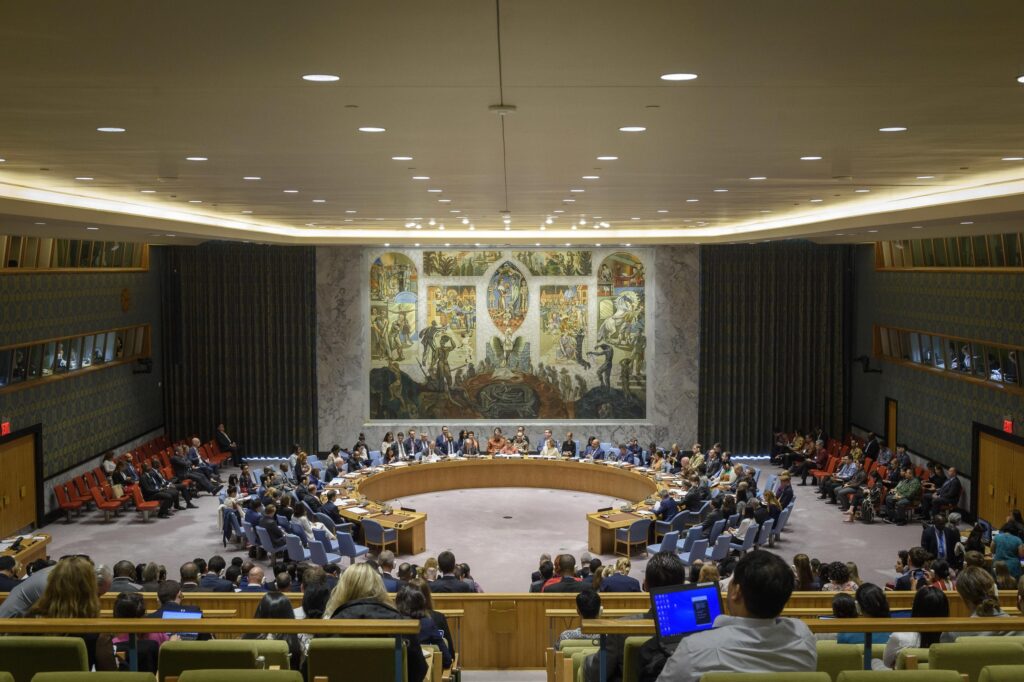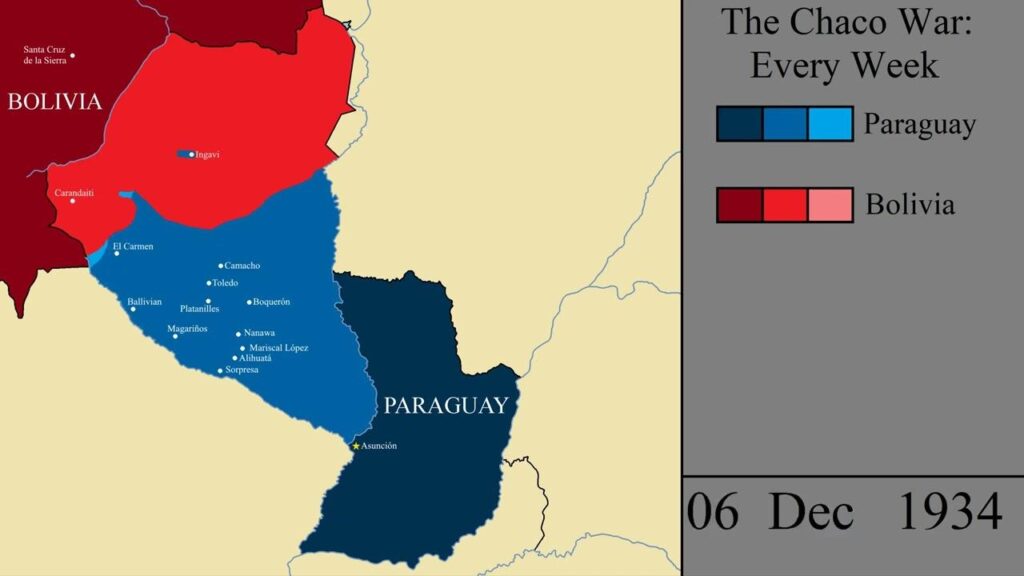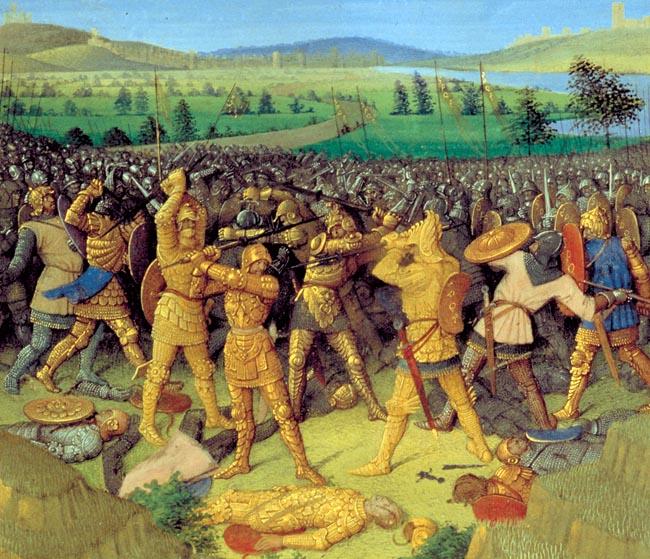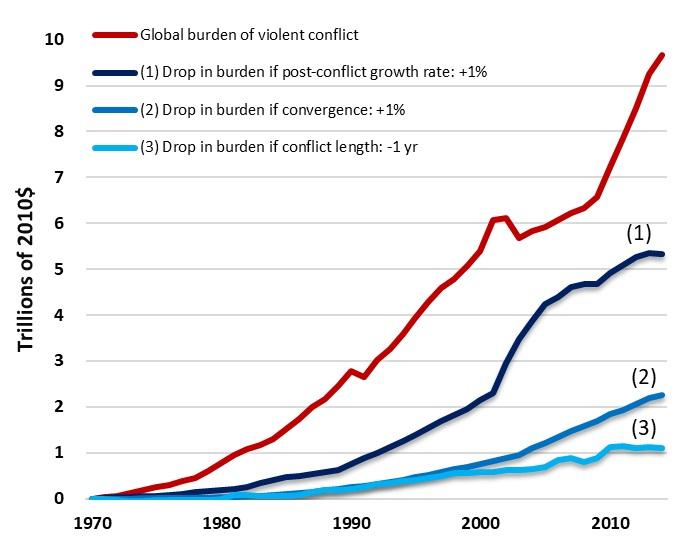The Ogaden War remains one of the most significant and complex conflicts in the Horn of Africa, marking a turbulent chapter in the history of Somalia and Ethiopia. Fought between 1977 and 1978, this war was not just a territorial dispute over the Ogaden region but also a proxy battleground influenced by Cold War dynamics and regional ambitions. Understanding the causes, key players, and consequences of the Ogaden War is essential to grasp the ongoing political and ethnic tensions in the region today. In this article, we’ll explore the origins of the conflict, its progression, and its lasting impact on both nations.
Table of Contents
- Historical Context and Root Causes of the Ogaden War
- Military Strategies and Tactical Approaches in the Conflict
- Impact of the Ogaden War on Regional Stability and International Relations
- Lessons Learned and Policy Recommendations for Future Peacebuilding Efforts
- Wrapping Up
Historical Context and Root Causes of the Ogaden War
In the decades leading up to the conflict, the Horn of Africa was a powder keg of competing national ambitions and colonial legacies. The Ogaden region, populated primarily by ethnic Somalis, became a focal point of contention due to its strategic and cultural significance. Ethiopia’s control over Ogaden dated back to the late 19th century, a period marked by the scramble for Africa, which left borders drawn by colonial powers without regard to ethnic or historical boundaries. Meanwhile, Somali nationalism was on the rise, fueled by the dream of unifying all Somali-inhabited territories under one nation-state. This ideal, known as Greater Somalia, directly challenged Ethiopia’s sovereignty over the Ogaden, setting the stage for escalating tensions.
Several root causes underpinned the conflict, including:
- Ethnic and cultural ties: The Somali population in Ogaden identified strongly with Somalia, leading to calls for self-determination.
- Political instability: Both nations experienced internal upheavals—Somalia under Siad Barre’s military regime and Ethiopia’s recent revolution disrupting the status quo.
- Cold War dynamics: External powers, including the Soviet Union and the United States, were deeply invested in the Horn of Africa, providing military and diplomatic support that intensified the conflict.
These complex factors combined to ignite one of the most brutal and protracted wars in East African history, reshaping the geopolitical landscape of the region.
Military Strategies and Tactical Approaches in the Conflict
Both Somali and Ethiopian forces deployed a variety of strategies that reflected the complex nature of the Ogaden War. Ethiopia, under the leadership of Emperor Haile Selassie and later the Derg regime, prioritized defensive tactics fortified by external support from the Soviet Union and Cuba. This foreign assistance brought advanced weaponry and military advisors, enabling Ethiopia to execute coordinated counteroffensives, including the use of air superiority and well-planned guerrilla warfare suppression. Their approach was grounded in securing crucial supply lines and retaking urban centers and strategic highlands, which served as vital strongholds against Somali incursions.
On the other hand, Somalia initially embraced swift, offensive maneuvers rooted in a deep understanding of the harsh terrain. Their forces emphasized rapid territorial gains through light infantry tactics supported by mechanized units. The Somali military made significant use of mobile columns that conducted surprise attacks, aimed at disrupting Ethiopian communications and supply routes. Despite early successes, Somalia’s reliance on basic infantry assaults without sustained air support or heavy artillery ultimately hindered their ability to hold captured territories. The intricate dance of maneuver warfare, combined with unconventional tactics, marked this conflict as a classic example of Cold War-era African military engagement.
Impact of the Ogaden War on Regional Stability and International Relations
The conflict dramatically reshaped the Horn of Africa’s geopolitical landscape, ushering in a period of heightened tension and instability. The war’s aftermath saw both Somalia and Ethiopia grappling with internal displacement, economic strain, and fractured political institutions, which contributed to lingering regional volatility. Border demarcations and ethnic affiliations were deeply contested, fueling protracted insurgencies and mistrust that undermined cooperative security efforts. This volatile environment discouraged international investment and complicating peacekeeping operations in the broader region.
On the international stage, the war became a focal point for Cold War rivalries, drawing in global powers who sought to extend their influence. The involvement of the Soviet Union, the United States, and their allies not only intensified the conflict but also transformed it into a proxy battleground, significantly affecting diplomatic relations. Key outcomes included:
- Shifts in alliances: The Soviet Union’s pivot from supporting Somalia to Ethiopia realigned regional loyalties and deepened suspicions among neighboring states.
- Heightened military aid flows: Both superpowers escalated their supply of arms to competing sides, intensifying the war and its human toll.
- Increased regional militarization: Neighboring countries bolstered their defenses in anticipation of spillover effects, contributing to an arms race.
Lessons Learned and Policy Recommendations for Future Peacebuilding Efforts
One of the most critical takeaways from the Ogaden War lies in the importance of inclusive dialogue and addressing underlying ethnic tensions before they escalate into full-scale conflict. The war revealed how external meddling, unchecked nationalism, and unresolved grievances can perpetuate cycles of violence. Successful peacebuilding in such contexts requires engaging with all stakeholders—both state and non-state actors—to nurture trust and reconciliation. Additionally, maintaining accurate and transparent communication channels helps in dispelling misinformation, which often exacerbates hostilities.
Policywise, future efforts should emphasize:
- Multilateral diplomacy: Encouraging regional organizations and international partners to act as mediators to prevent unilateral escalations.
- Conflict-sensitive development: Integrating peacebuilding with economic and social programs to address root causes like poverty and marginalization.
- Building resilient institutions: Strengthening judicial and security frameworks that respect minority rights and promote fairness.
- Early warning systems: Establishing mechanisms that identify and respond to signs of brewing conflict promptly.
Wrapping Up
In conclusion, the Ogaden War remains a pivotal chapter in the complex history between Somalia and Ethiopia, illustrating how territorial disputes can escalate into full-scale conflicts with lasting regional repercussions. Understanding the causes, progression, and aftermath of this war not only sheds light on the dynamics of Horn of Africa politics but also underscores the importance of diplomacy and conflict resolution in maintaining peace. As the region continues to evolve, the lessons from the Ogaden War provide valuable insights into managing ethnic and nationalistic tensions in a way that prioritizes stability and cooperation over confrontation.












